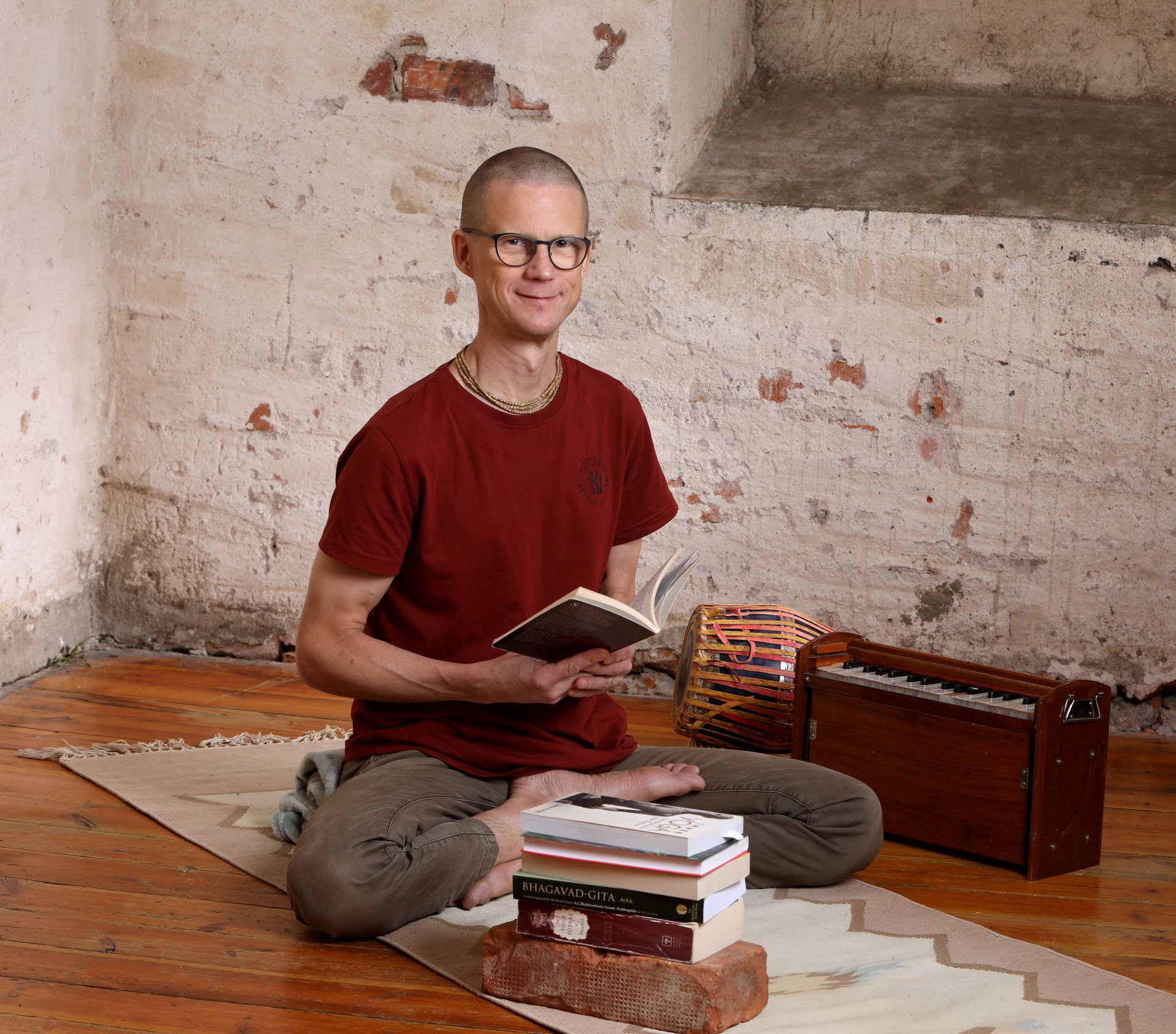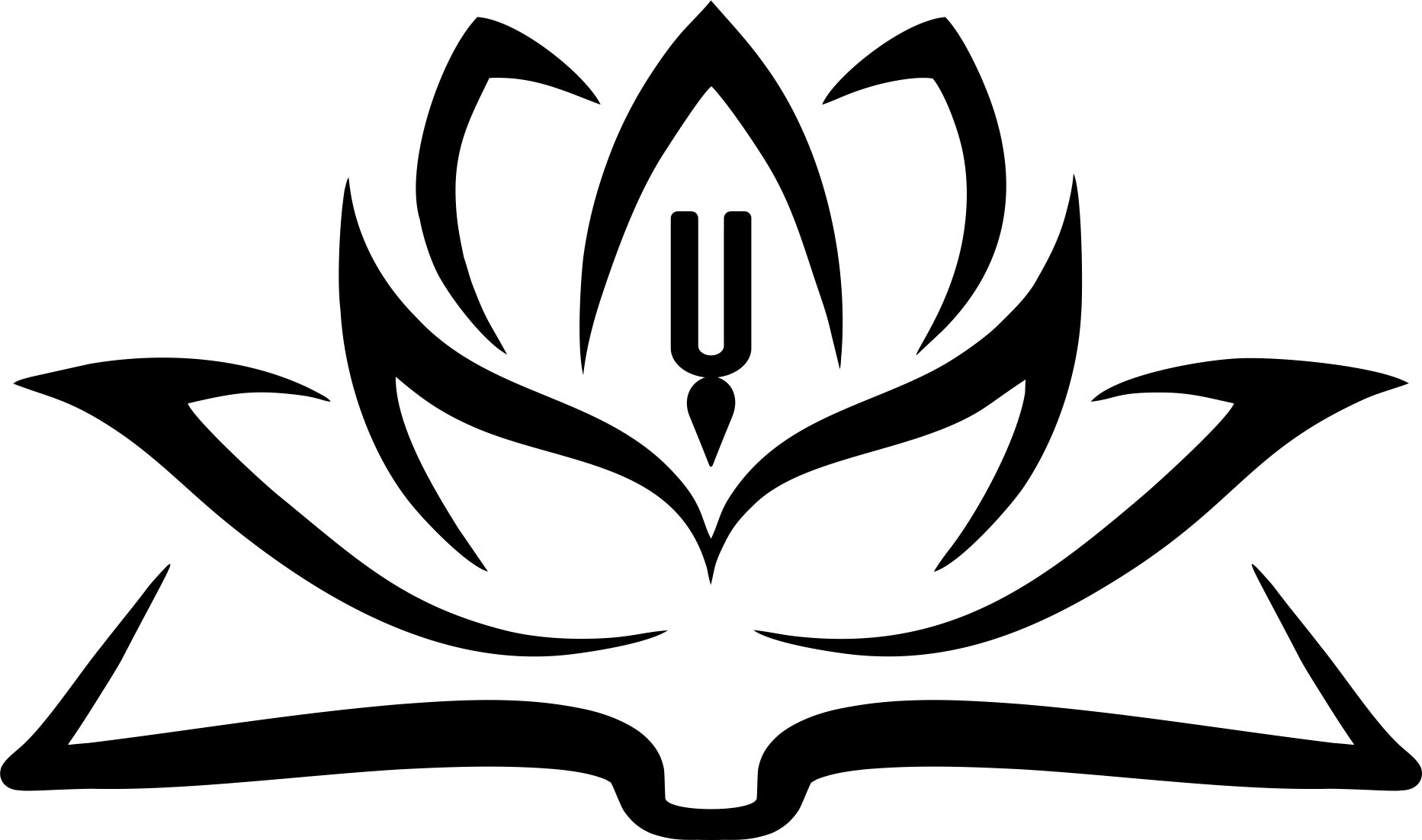Yoga is the stilling of the mind’s changing states

Author: Janne Kontala, PhD
Teacher of Yoga Teacher Training Course
Janne’s personal blog: https://www.jayananda.info/
Our mind is in a constant state of flux: sometimes restless, sometimes dull, yet at other times focused, calm and clear. The process of yoga is meant to gradually elevate one from dullness to activity, and then from activity to clarity.
Activity is not a stable platform: it easily relapses into dullness, or if activity increases too much, one becomes restless, unable to concentrate on one thing for any length of time. But by right endeavour we can bring the restless mind to focus momentarily on something. Then, with regular practice, we can achieve a deeper concentration. That is the beginning stage of yoga.
Stillness of mind
The advanced stage is achieved when the mind is completely still. When this stillness is perpetuated, two trancelike states follow. These states are called samadhi. In the first samadhi, the consciousness is aware of one object, and nothing else. In the second, more advanced samadhi, consciousness is devoid of all objects. Then the consciousness has no other object than itself. This state is called objectless samadhi, because the consciousness resides in itself, without any external object. The one who achieves this kind of samadhi is close to the goal of yoga.

Janne Kontala, PhD
Janne has been sharing his knowledge on yoga since 1994. His first contact with yoga was in 1986. At Bhaktivedanta College he is the main Yoga Teacher Training Course teacher.
Our inner world has three main departments
It is not easy to come to such a platform because of the mind’s constant changing states. Our inner world has three main departments that combine into a uniform experience. The first is mind (manas), the instrument that receives input from the knowledge-acquiring senses. The mind decides to focus on one sense-input at a time, rejecting all others. It does this based on whether the particular sense-input feels good or bad. If this were all we had, we would be like little children, never able to get to the other end of the room, since so many impulses would steal our attention on the way.
The second department is intellect (buddhi) that enables us to see the bigger picture, recognize patterns and focus attention beyond what is immediately pleasant. Intellect helps us to perform any long-term activity that requires us to set aside immediate pleasures. The third department has ego, ‘I-ness’, (asmita) and ‘I-maker’, (ahankara). It is the relational part of our inner world, which causes us to identify as someone and with something. Equally, it tells us what we are not. For example, I am from this nation, not that; I’m a supporter of this team, not the other. Ahankara helps us to feel a sense of identity, which can be healthy – or unhealthy in a variety of ways: narcissistic, low self- esteem, I must do such and such.
Yoga will help us to gradually understand the healthy and unhealthy ways of how these three departments work. Then, we can develop a healthy and powerful mind, with whose help we can in due time endeavour to seek our truest self, which now lies in the background.
Sign Up For Bhaktivedanta College Newsletter. Be with us & join now.













Get Social